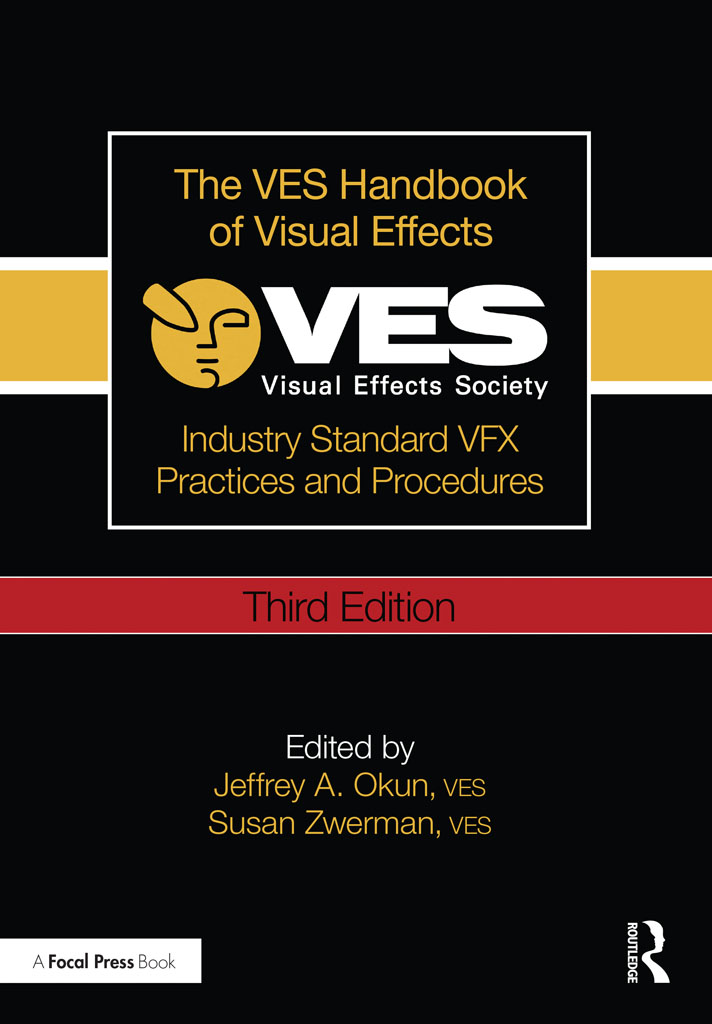Edited for this publication by Jeffrey A. Okun, VES
Abstracted from The VES Handbook of Visual Effects – 3rd Edition, edited by Jeffrey A Okun, VES and Susan Zwerman, VES
Written by MARK H. WEINGARTNER.
Edited for this publication by Jeffrey A. Okun, VES
Abstracted from The VES Handbook of Visual Effects – 3rd Edition, edited by Jeffrey A Okun, VES and Susan Zwerman, VES
Written by MARK H. WEINGARTNER.


“Resizing elements in the digital world is only a mouse-click away, but even with this ease there are benefits to shooting elements in a shot-specific way. In shooting an element for a specific shot, one has the advantage of being able to choose the appropriate lens, distance, framing and lighting to match the shot.”
—Mark H. Weingartner
The VFX supervisor of the 21st century has access to the most complex 3D procedural solutions in order to generate smoke, clouds, flames, water, debris, and even crowds. Sometimes, however, the fastest, easiest, cheapest, and most rewarding way to get the elements is to have a special effects technician come to the nearest parking lot or stage, set up a camera, and just shoot!
The costs involved in putting together an element shoot can look daunting, but compared to the timeline involved in seeing successive versions of something being built in CG, an experienced VFX camera crew supported by a competent special effects team can experiment quickly and film many different versions of an effect in a short period of time.
Types of Elements
In discussing element photography, it is useful to categorize the types of elements in a couple of different ways. One can differentiate between full-sized elements and scaled elements, and between shot-specific elements and more generic ones. These two sets of distinctions are not mutually exclusive – either miniature or full-sized elements can be destined for a specific shot. Likewise, one can shoot a library of generic elements as scale elements, full-size elements, or a combination of both.
Generic versus Shot-Specific Elements
Resizing elements in the digital world is only a mouse-click away, but even with this ease there are benefits to shooting elements in a shot-specific way. In shooting an element for a specific shot, one has the advantage of being able to choose the appropriate lens, distance, framing and lighting to match the shot. Any camera position data from the original shot can be used to aid in lineup, but with elements such as water, pyro, flames, or atmospherics that are likely to break the edges of frame, it is best to shoot a slightly wider shot, which will allow the compositor freedom in repositioning the element to best advantage without bits of the action breaking the edge of the frame. VFX DPs often use the full area of the film frame or digital sensor in order to allow for the most repositioning without sacrificing resolution when resizing or repositioning the image in post.
When it comes to shooting actors in front of a process screen, or sky, once the correct distance and angle have been worked out to ensure proper perspective, one frequent practice is to select a longer focal length lens in order to magnify the subject. As long as the subject does not break the edge of frame, this magnification yields better edge detail, which allows for easier, cleaner matte extraction. Care should be taken to avoid the perspective difference of the foreground and background becoming apparent. The intent is still to make the finished shot appear as if shot as one.
Even though there are obvious advantages to shooting elements for specific shots, once the equipment and crew are assembled, a great return on investment may be realized by shooting a library of elements with variations in size, focal length, orientation, action, and lighting. These generic elements can be used as necessary in building many different shots, whether planned for or not.